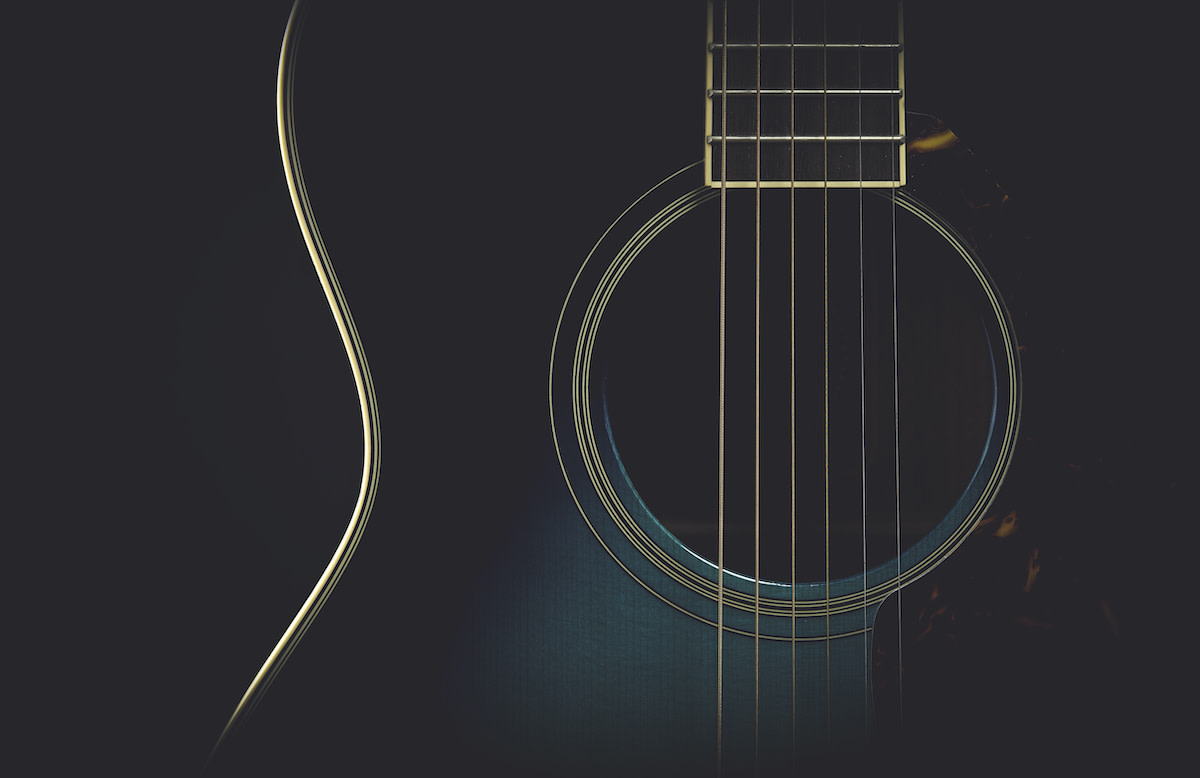Guide to Brazilian Bossa Nova Music: The Basics of Bossa Nova
Written by MasterClass
Last updated: Nov 2, 2021 • 3 min read
When it comes to Brazilian music, the first song that might come to mind is "The Girl From Ipanema" penned by songwriter Antônio Carlos Jobim and performed by singer Astrud Gilberto, guitarist João Gilberto, and saxophonist Stan Getz. That song is a flagship in a particular Brazilian genre called bossa nova.
Learn From the Best
What Is Bossa Nova?
Bossa nova is a Brazilian genre of music that literally translates to "new style" or "new trend." It emerged in the 1950s and ’60s combining elements of samba—a popular music genre within Brazil—with American jazz traditions. Famous Brazilian bossa nova players include João Gilberto, Antônio Carlos Jobim, Sérgio Mendes, Luiz Bonfá, and the band Os Cariocas.
A Brief History of Bossa Nova Music in Brazil
Bossa nova began with a young group of artists and musicians in Rio de Janeiro, and, over the course of less than a decade, it spread throughout the world.
- Origins: Bossa nova began in the mid-1950s with guitarist João Gilberto, who developed a style of smooth, muted samba. Gilberto went on to collaborate with composer Antônio Carlos Jobim to bring the new style to prominence in Brazil. In 1959, Gilberto released Chega de Saudade, the first album to exclusively feature bossa nova.
- Jazz influence: From the very beginning, bossa nova incorporated jazz chords and harmonies, which distinguished it from samba. Eventually some samba musicians embraced harmonic complexity, and the term "jazz samba" became a bit of a catchall for both bossa nova and harmonically sophisticated samba.
- Spread to the US: in the 1960s an American bossa nova craze took root, intertwining with the cool jazz movement. Americans including Herbie Mann, Charlie Byrd, Jim Hall, Paul Desmond, and even Frank Sinatra ran with the form. The Bonfá-penned "Manhã de Carnaval" became a major hit in the United States under the name "Black Orpheus."
4 Characteristics of Bossa Nova
The following elements make bossa nova distinctive:
- 1. Rhythm: The bossa nova rhythm is a two-bar pattern derived from samba music. It recalls the syncopated claves of Afro-Cuban music, but a pure clave is not an element of traditional Brazilian music.
- 2. Tempo: Bossa nova has a relatively languid tempo, particularly when compared to the danceable energy that informs most samba rhythms.
- 3. Vocal style: Most bossa nova singers use a non-operatic, slightly nasal vocal style derived from the caboclo folk styles of northeast Brazil.
- 4. Lyrics: Wistful lyrics concerning personal longing, love, and the tranquility of nature characterize bossa nova.
7 Brazilian Bossa Nova Instruments
The instrumentation of bossa nova has remained relatively constant since its inception. The key instruments for bossa nova are:
- 1. Classical guitar: Bossa nova features a nylon-string guitar played with fingers, not a pick. Bossa nova guitar is mostly a rhythmic instrument, with the guitarist playing harmonically dense yet repetitive chord progressions. Most bossa nova comping patterns rely on precise right-hand control. Nearly any Latin jazz guitarist will have the bossa nova pattern in their repertoire.
- 2. Bass: A double bass is traditional in bossa nova, but some bossa nova ensembles use an electric bass guitar.
- 3. Surdo: A large Brazilian bass drum that accents downbeats in bossa nova.
- 4. Claves: Claves are wood sticks that play a clicking pattern similar to the son clave of Afro-Cuban music.
- 5. Cabasa: A wood-and-metal shaker that plays a steady, unending sixteenth-note pulse.
- 6. Drum set: Some bossa nova ensembles hold down their rhythm with a bass line and Latin percussion. Others employ a traditional drum kit.
- 7. Lead instruments: Though not essential to samba music, lead instruments can include vocals, saxophone, flute, clarinet, trumpet, and other instruments from the American jazz tradition.
Want to Learn More About Music?
Become a better musician with the MasterClass Annual Membership. Gain access to exclusive video lessons taught by musical masters, including Sheila E., Timbaland, Itzhak Perlman, Herbie Hancock, Tom Morello, and more.
